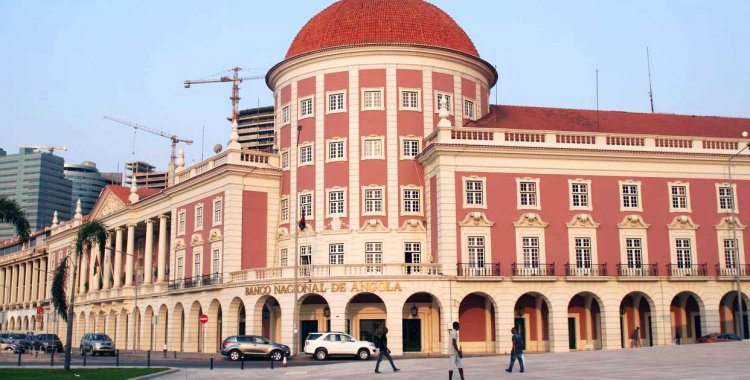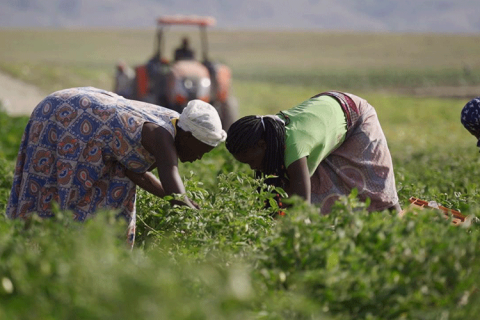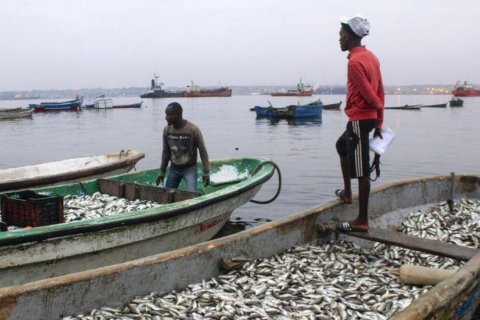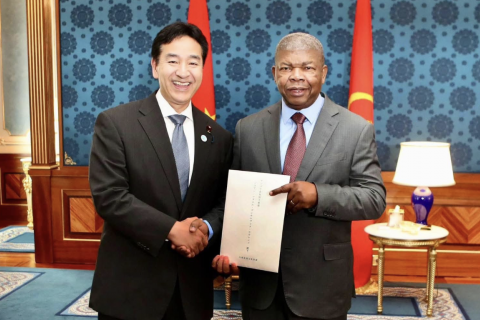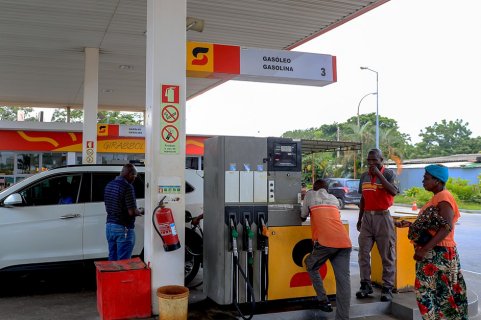The announcement was made in Huíla by the governor of the BNA, José de Lima Massano, after the meeting of the Monetary Policy Committee (CPM), in which this was the main novelty.
"Despite the uncertainties and risks associated with the external economic context and potential impacts on the national economy, the current course and instruments of monetary policy remain adequate to achieve the inflation objective", said Massano.
Even so, he continued, the CPM decided to reduce the levels of financial immobilization, starting the gradual process of reducing the coefficient of mandatory reserves in national currency by 5 percentage points until July 2022. In the same period, it will intensify operations in the open market in relation to the need to strengthen monetary policy transmission instruments.
Thus, in a first phase, the coefficient of mandatory reserves in national currency is reduced from 22 percent to 19 percent, with the coefficient for foreign currency remaining unchanged at 22 percent.
The basic interest rates (20 percent), the marginal lending facility (25 percent) and the permanent liquidity absorption facility (15 percent) also remain unchanged.
Currently, commercial banks reserve 22 percent of the deposits they take with the BNA, the so-called mandatory reserve, which does not have any remuneration.
"At times when we believe there is an excess of liquidity in the economy that can lead to price pressure, we change the coefficient, thus blocking the levels of liquidity available in the commercial bank", explained the head of the BNA.
The coefficient will drop 5 percentage points, dropping, in a first phase, from 22 percent to 19 percent and by July to 17 percent.
"At the same time, we are intensifying open market operations, a way for central banks to intervene in the markets for the same exercise – withdrawing excess liquidity – but, instead of resorting to mandatory reserves, resorting to market operations open, offering an interest rate to commercial banks to retain liquidity", he clarified.
With this agreement, "commercial banks will have less fixed resources and will be able to apply these resources via open market operations", so as not to have any impact that could be understood as less positive in terms of price stability in the economy, underlined Lima Massano.
"We want to continue to make a very careful management of the liquidity that we have available to ensure the maintenance of the price stability course in the economy that we have been registering since the beginning of this financial year", he reinforced.
The CPM addressed the inflationary trends that the world has been facing in recent years, with the United States of America reaching the highest level of inflation in the last 40 years, in April.
Also in Brazil, one of the main countries where the foodstuffs consumed in Angola come from, year-on-year inflation accelerated to 12.13 percent in April, the highest level since October 2013.
In the Southern African Development Community (SADC) region, inflationary pressures eased slightly in countries such as Angola, Botswana and Zambia.
Angola's latest statistics show a deceleration of 0.44 percentage points in April 2022, with monthly inflation settling at a rate of 1.12 percent, the lowest level since June 2019.
Year-on-year inflation reached 25.79 percent in April, a reduction of 1.21 percentage points compared to the previous month, with emphasis on the decline in the food and alcoholic beverages categories.
The national currency continued to appreciate against the dollar in real and nominal terms, reflecting the improvement in terms of trade, with the exchange rate set in April at 405 kwanzas against the dollar (446 in March), representing a monthly appreciation of 10 percent and cumulative of 37 percent.
With regard to net international reserves, at the end of April, they stood at 15.34 billion dollars, up from 14.40 million dollars in March, which corresponds to a 10-month coverage of imports of goods and services
The next CPM meeting will take place on 29 June in Cabinda province, after Huíla has launched the decentralization model.

